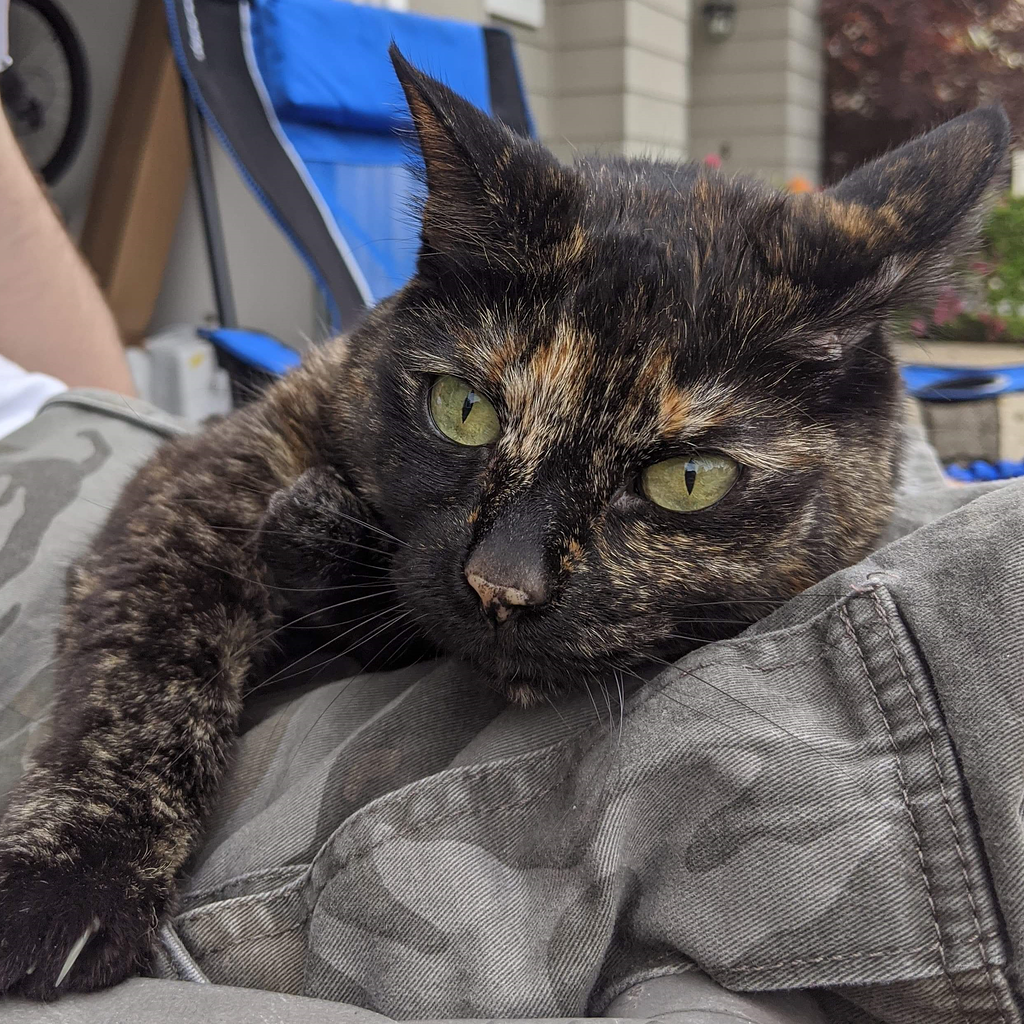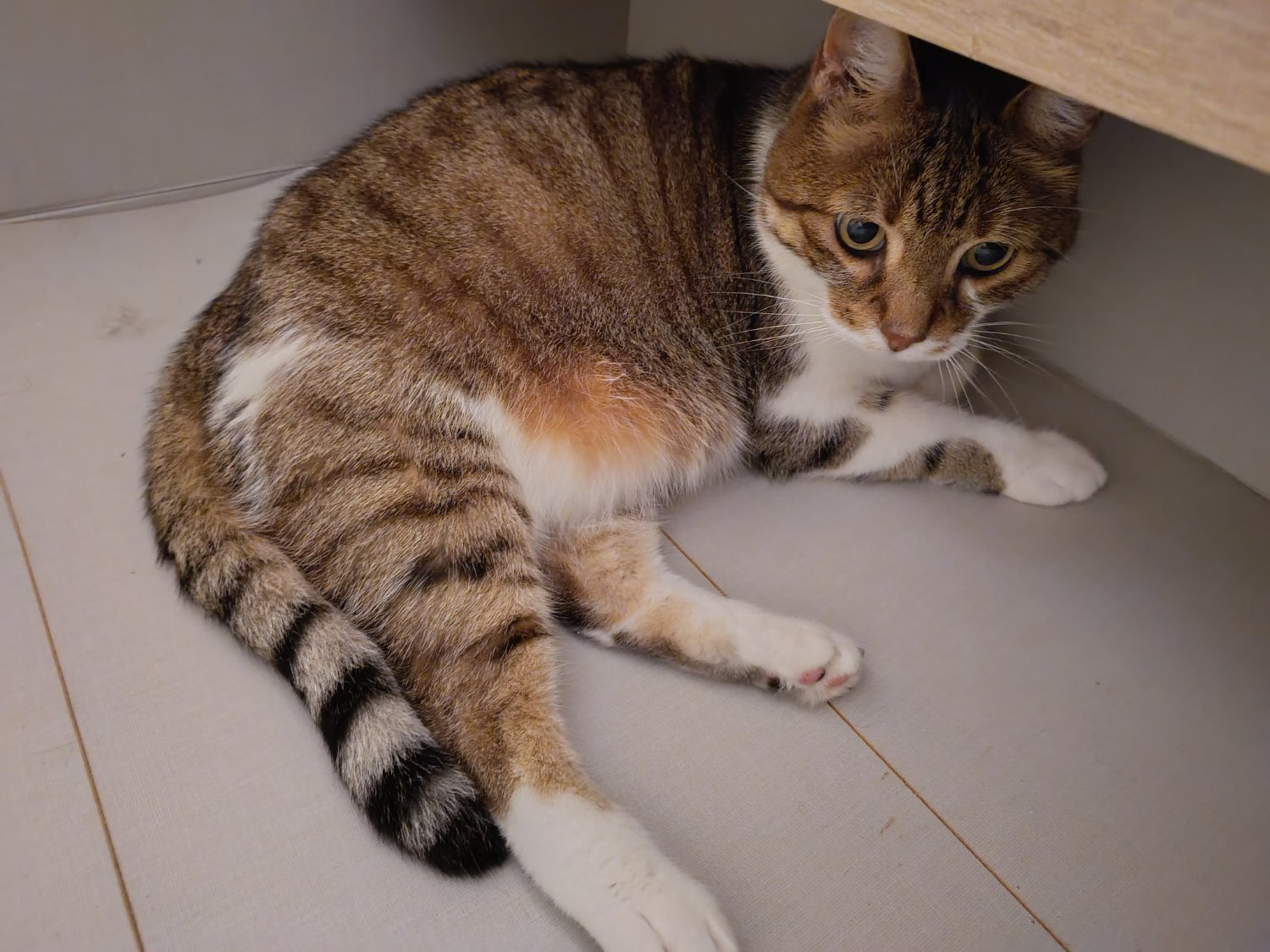

That’s a good idea, but may not heal the lose right away. That sadness is the price to pay for all the love they gives us.


That’s a good idea, but may not heal the lose right away. That sadness is the price to pay for all the love they gives us.


I need to first get my Nexcloud instance back running, I had to recreate it from scratch due to some drama between Truenas and Truecharts (a third party Helm Charts provider). Maybe today, maybe next week, but I won’t forget the cat tax I owe.
In the meantime, here is my current one.



That’s a beautiful place for a burial. My father cremated our, we keep the ashes in an urn, in the library glass display cabinet.


Removed the parental advice part. I didn’t want to be an asshole, believe me.


To me it looks like you don’t have enough power, either on the Pi4 side to decode, or the mini-pc to encode.


We sure use water, but I don’t think it is used in the energy production mechanism.


Link it, I’m always up for some



And I’d add to that that if our thermal dissipation is overwhelmed, our internal heat build up. To do that heat dissipation, we need to have an environment that suck out more heat out of us than what we produce. If the environment is too hot, the heat build up and as Deadrek says, our internal inner workings beak down.
That why we sweat. Water suck out a lot more heat than air, because it wants to saturate the ambiante air, and to do that it suck up our body heat to become steam. Rince and repeat (literally).
But once the air is to humid, it gets more and more difficult for our sweat to evaporate, which makes it ineffective. That why we can kinda survive in a 90°C + sauna (albeit not for long, but for a different reason), but not in a 37°C (98°F) 100% humidity place like some tropical rainforest. At least, not without specialized acclimatation and survival techniques.


A watercooled computer still uses air-cooling in the end. The difference is how the heat is collected and where it is dissipated.
I don’t know that much how the human body cooling system work, but the lungs could be considered as the radiator (as would the skin be).
Probably trough the commandline, it has been a long time since I last checked, but not using the gui, which asked for the password for any repository modification.
But you still need to add the remote… With a root password of course. At least last time I tried.
A good example of shitty YaST imo is the YaST sudo tool… Which doesn’t work unless you first manually edit the sudoer file to remove two lines that specifically says that they are default configurations and should be changed by the distro maintainers…
Why the fuck does it ask for root password to change every little thing? Want to change network password? Root password. Install a flatpak? Root password. Sneeze? You guessed it, root password.
I’d be using it instead of Fedora if it wasn’t for that shit. I even tried to spin myself a custom OpenSuse ISO…


As often with IBM, everything is proprietary 😅
Looks alright to me.


Not a specialist, but I suppose it has to do with having different configurations for different top level folder. In Unix-like systems, every top level folder have a different purpose, and what works for the root may not for /tmp, /swap, etc.
In those example, no need to snapshot /tmp, as it is a forder whose file are bound to be deleted, and for which being able to restore has no use.
/swap is pretty similar , and is often formated with a dedicated filesystem.
/usr often only change during the package manager transactions, so snapshots are often tied to that, while /home may be set to keep daily snapshots.
Pedantic? Say the person that immediately assume anyone with a different opinion than his is a morron and did not read his previous message ?
Here is some gaming benchmark. It is from 2022, sure, but is still relevant today to illustrate that gaming performance on Linux isn’t as easy as being the “same software with different configuration”.

And I could go on with other games, which had different results.
There are many variables that can affect those performance. Obviously, the Kernel, Driver and Mesa version has a big influence, but so have some less obvious causes like the filesystem used, the compiler options used, or even the compiler itself. That’s why those performances can vary so much in benchmarks.
An unstoppable fuck colliding with an unmovable fuck.